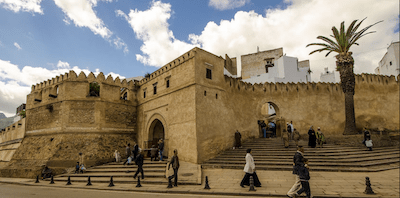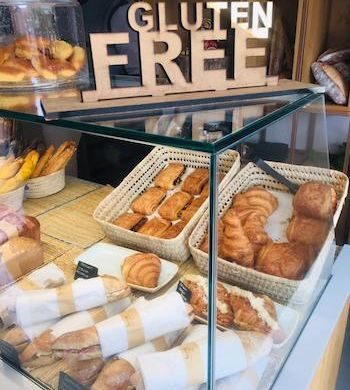The 7 Gates of Tétouan, Morocco
Tetouan is a small city in northern Morocco with a unique heritage of Andalusian and Arab cultures making this green and whitewashed city one of the jewels of Morocco. Situated in the middle of a belt of orchards that contain orange, pomegranate, almond, and cypress trees, Tetouan is picturesquely perched…






